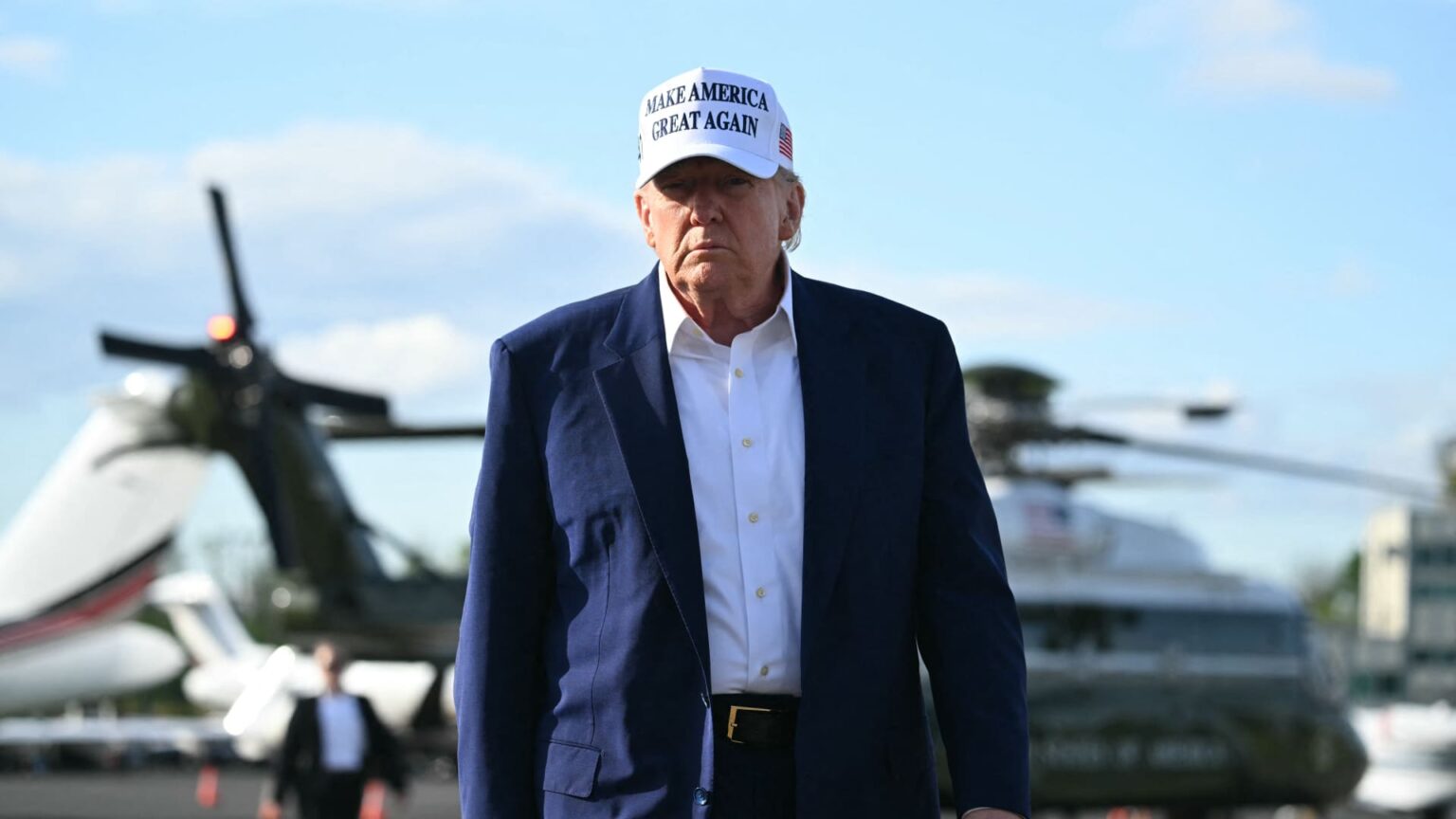Legal Battle Over Trump’s Tariffs: A Turning Point in U.S. Trade Policy
Federal Court Temporarily Halts the Reversal of Trump-Era Tariffs
In a significant development in the ongoing trade dispute, a federal appeals court has granted a temporary reprieve to the Trump administration, allowing it to maintain most of its tariffs that were recently struck down by a lower court. This decision provides a crucial window for the administration to prepare its legal arguments and seek further relief from higher courts.
Court Ruling and Immediate Implications
On Thursday, the U.S. Court of Appeals for the Federal Circuit issued an order to stay the enforcement of the lower court’s decision, which had invalidated a broad range of tariffs imposed during President Donald Trump’s tenure. The Trump team had previously indicated that they might seek emergency intervention from the Supreme Court as early as the following day if the ruling was not halted promptly.
The initial ruling, issued Wednesday night by the U.S. Court of International Trade, had declared that the tariffs, which were part of a broader strategy to reshape global trade relations, exceeded the legal authority granted under the law invoked by the Trump administration. The appeals court’s stay means that the tariffs remain in effect temporarily, while the court considers whether to uphold or overturn the lower court’s decision.
Strategic Responses and Future Plans
Officials within the Trump administration have expressed confidence that they have alternative avenues to enforce tariffs if the current legal challenge is ultimately unsuccessful. Peter Navarro, a key trade advisor, stated from the White House that, “Even if we lose, we will do it another way,” signaling readiness to adapt and pursue different legal or policy routes.
This legal setback threatens to undermine a core element of Trump’s economic agenda: his aggressive use of tariffs to influence international trade negotiations. The recent ruling has already cast doubt on the administration’s ability to leverage tariffs as a tool for economic diplomacy, especially as ongoing bilateral negotiations with countries like China and the European Union are underway.
Global Reactions and Political Ramifications
President Trump responded to the court’s decision with strong rhetoric, claiming that the ruling was celebrated worldwide and warning that it could severely weaken presidential authority. He tweeted that if the decision stands, “This would completely destroy Presidential Power – The Presidency would never be the same!” He also labeled the ruling as “the harshest financial ruling ever leveled on us as a Sovereign Nation,” emphasizing his view that the decision undermines U.S. sovereignty.
The three-judge panel, which included a Trump appointee, found that the law cited by the administration-the International Emergency Economic Powers Act-did not grant the president unlimited authority to impose tariffs. The court’s ruling invalidated all retaliatory tariffs enacted in early April, which were part of a broader effort to reset global trade dynamics.
Legal Proceedings and Next Steps
The court’s decision also prevents the administration from making any future modifications to the tariffs without court approval. It has given the government ten days to implement necessary changes to comply with the ruling. Following this, the government filed an appeal, requesting that the court suspend enforcement of the ruling while the appeal process unfolds.
The plaintiffs, which include state attorneys general and domestic companies affected by the tariffs, have been given a week to respond to the government’s request for a stay. Both sides appear prepared to escalate the case to the Supreme Court, with the administration seeking a swift reversal of the lower court’s decision.
Expert Opinions and Outlook
Legal experts suggest that the case is likely to continue through the appellate process before reaching the Supreme Court, which could have a decisive impact on the future of U.S. trade policy. Jeffrey Schwab, representing the business plaintiffs, expressed confidence that the appeals court would ultimately deny the government’s request for a longer stay, citing the irreparable harm caused by the tariffs.
As the legal battle unfolds, many observers believe that a definitive ruling from the Supreme Court could reshape the scope of presidential authority in trade matters. President Trump has publicly expressed hope that the highest court will overturn the decision swiftly, emphasizing the importance of maintaining the ability to impose tariffs as a strategic economic tool.
Conclusion: A Pivotal Moment in U.S. Trade Strategy
This legal skirmish underscores the ongoing tension between executive authority and judicial oversight in shaping U.S. trade policy. While the current stay allows the Trump administration to continue enforcing tariffs temporarily, the ultimate outcome remains uncertain. As global markets watch closely, the case’s resolution could have lasting implications for how the United States manages its trade relationships and exercises presidential powers in economic affairs.

